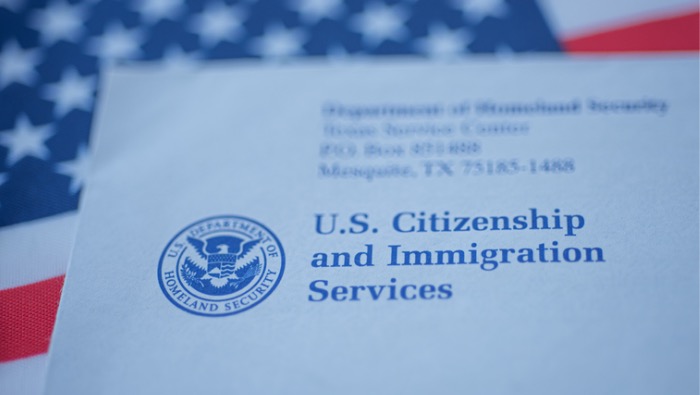On May 3rd, 2022, the U.S. Citizenship and Immigration Services (USCIS) announced a temporary final rule regarding Employment Authorization Documents (EADs), increasing its previous employment authorization and EAD automatic extension period. The automatic extension period applies to certain renewal applicants who filed Form I-765, Application for Employment Authorization. Specifically, these applicants receive further time on their expiring employment authorization and/or EADs while their application is pending. Through the additional extension, the USCIS hopes to avoid gaps in employment for noncitizens with pending EAD renewal applications. And ultimately, it should help U.S. employers continue operations uninterrupted. Meanwhile, earlier in March, the U.S. Department of Homeland Security (DHS) ended its acceptance of expired List B documents for Form I-9 as a part of the employer I-9 process.
Background of the EAD Automatic Extension Period
Through the thick of the COVID-19 pandemic in 2020, the USCIS experienced operational challenges. These challenges affected staffing amid a hiring freeze and a threat of furlough. Ultimately, this led to increased Form I-765 processing times, even as the USCIS received a sudden increase in EAD and renewal filings. Such increased processing times have rendered the current 180-day employment authorization and EAD automatic extension period insufficient. In fact, the extension has already expired for some applicants. Others, meanwhile, are nearing their expiration. As waiting renewal applicants are losing their jobs, employers must find replacement employees, even as the U.S. experiences a dearth of available workers. For this reason, the USCIS has decided to temporarily increase its employment authorization and EAD automatic extension period.
Increased EAD Automatic Extension Period
Within the USCIS temporary final rule, the EAD automatic extension period shall increase from the current 180 days to up to 540 days from the EAD’s expiration date. The increase applies to eligible renewal applicants still pending, if they filed their Form I-765 application:
- Before May 4th, 2022, and their 180-day automatic extension has expired (or is set to expire), or
- Between May 4th, 2022, and October 26th, 2023.
Those filed after October 26th, 2023, meanwhile, shall fall under the normal 180-day automatic extension period.
Who is an Eligible Applicant?
The USCIS temporary final rule outlines which renewal applicants qualify for the employment authorization and EAD automatic extension period. In detail, those who qualify for the extension must have:
- Properly filed a Form I-765 to renew employment authorization and/or EAD before their current EAD expired, and
- Been otherwise eligible for a renewal. In other words:
- Their renewal application is under a category that is eligible for an automatic extension, and
- The category on their current EAD matches the “Class Requested” listed on the Form I-797C Notice of Action, Receipt Notice.
Specifically, categories eligible for the EAD automatic extension period include, but are not limited to:
- refugees;
- asylees;
- citizens of Micronesia, the Marshall Islands, or Palau; and
- spouses of certain H-1B principal nonimmigrants with an unexpired I-94 showing H-4 nonimmigrant status.
In Conclusion
In the end, the extended timeframe will allow the USCIS to address staffing shortages and implement more efficient measures. According to USCIS Director Ur M. Jaddou, their goal is to achieve a three-month cycle or EAD applications by the end of fiscal year 2023. Said Director Jaddou, “Every application we adjudicate represents the hopes and dreams of immigrants and their families, as well as their critical immediate needs such as financial stability and humanitarian protection.” The USCIS hopes the temporary extension will help noncitizens maintain employment and provide support for families, without further disrupting employers.

